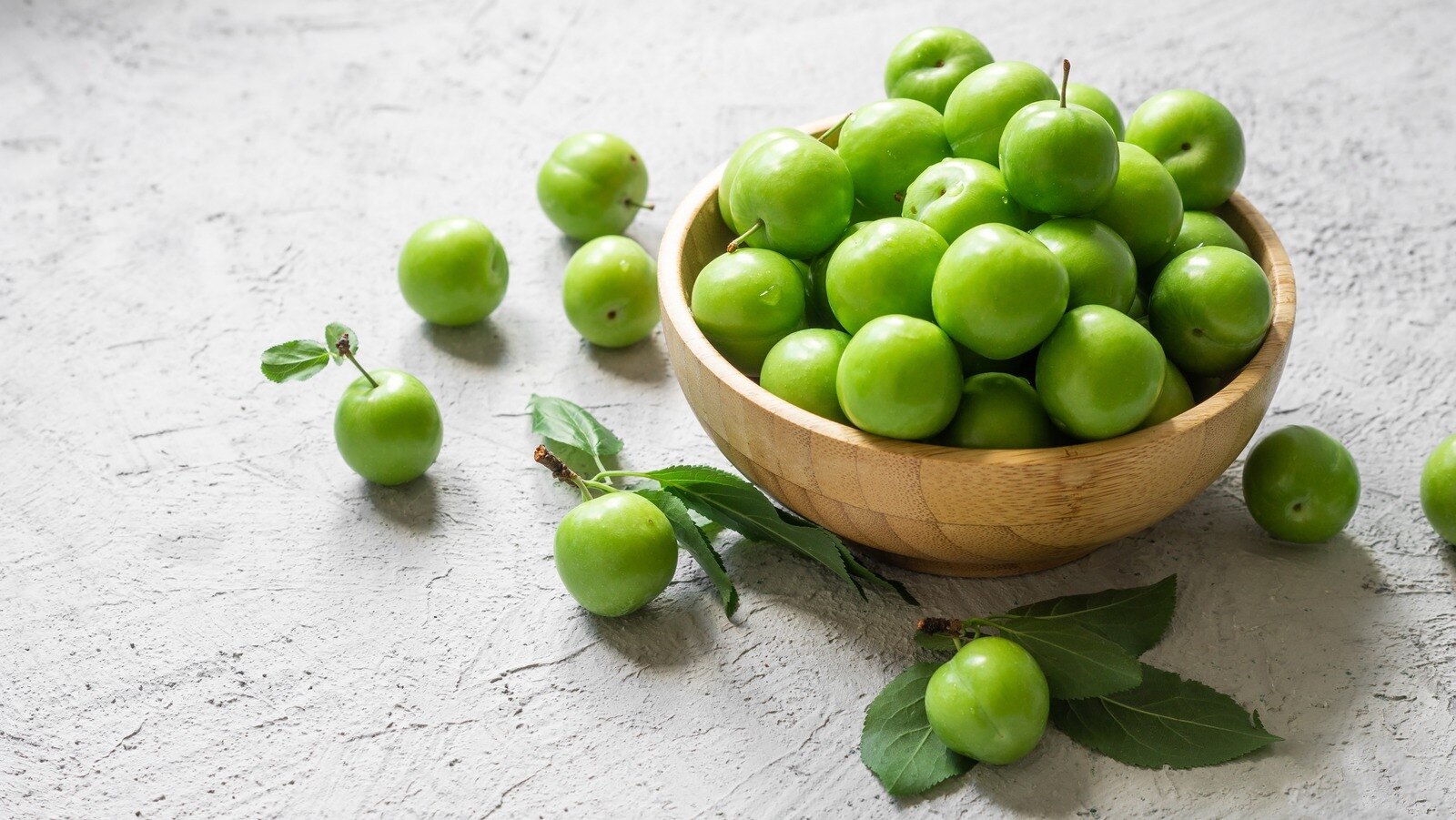
Greengages are a type of plum that often get overlooked, but they pack a punch in both flavor and history. Did you know that these small, green fruits were first cultivated in France? They were named after Sir William Gage, who introduced them to England in the 18th century. Greengages are known for their sweet, honey-like taste, making them perfect for jams, desserts, or just eating fresh. They thrive in temperate climates and are usually harvested in late summer. Curious about more interesting tidbits? Here are 26 facts that will make you appreciate Greengages even more!
What Are Greengages?
Greengages are a type of plum known for their sweet, juicy flavor and vibrant green color. They are often enjoyed fresh, in desserts, or preserved as jams. Let's dive into some fascinating facts about these delightful fruits.
-
Greengages belong to the Prunus domestica species, the same family as other plums and damsons.
-
They were named after Sir William Gage, who introduced them to England in the 18th century.
-
The fruit is typically small, round, and green, though some varieties may have a yellowish hue.
-
Greengages are known for their high sugar content, making them one of the sweetest plums available.
Historical Significance of Greengages
Greengages have a rich history that spans several centuries and continents. Their journey from wild fruit to cultivated delicacy is quite intriguing.
-
Greengages originated in the Middle East and were brought to Europe by the Romans.
-
In France, they are known as "Reine Claude" after Queen Claude, the wife of King Francis I.
-
The fruit was highly prized in medieval times and often featured in royal gardens.
-
Greengages were introduced to America in the 19th century but never gained the same popularity as in Europe.
Nutritional Benefits of Greengages
Not only are greengages delicious, but they also offer several health benefits. Packed with essential nutrients, these fruits can be a great addition to your diet.
-
Greengages are rich in vitamins A, C, and K, which are essential for maintaining good health.
-
They contain dietary fiber, which aids in digestion and helps prevent constipation.
-
The fruit is low in calories, making it a healthy snack option for those watching their weight.
-
Greengages have antioxidants that help protect the body against free radicals and reduce inflammation.
Culinary Uses of Greengages
Greengages can be used in a variety of culinary applications, from sweet to savory dishes. Their unique flavor makes them a versatile ingredient in the kitchen.
-
They are often used to make jams, jellies, and preserves due to their high pectin content.
-
Greengages can be baked into pies, tarts, and cakes, adding a sweet and tangy flavor.
-
The fruit pairs well with cheese and can be used in salads for a burst of sweetness.
-
Greengages can also be stewed or poached and served with ice cream or yogurt.
Growing Greengages
If you have a green thumb, you might be interested in growing your own greengages. These trees can be a rewarding addition to your garden.
-
Greengage trees thrive in temperate climates with well-drained soil and full sun.
-
They require regular watering, especially during dry spells, to produce juicy fruit.
-
The trees are relatively low-maintenance but may need occasional pruning to remove dead or diseased branches.
-
Greengages are typically harvested in late summer to early autumn when they are fully ripe.
Fun Facts About Greengages
Here are some quirky and lesser-known facts about greengages that might surprise you.
-
Greengages are sometimes called "sugar plums" due to their sweet flavor.
-
The fruit is often used in traditional British desserts like the classic "greengage fool."
-
Greengages can be fermented to make a unique and flavorful plum wine.
-
In some cultures, greengages are believed to have medicinal properties and are used in herbal remedies.
-
The trees can live for several decades, providing fruit for many years with proper care.
-
Greengages are a favorite of many birds and wildlife, so you might have to share your harvest with some feathered friends.
The Sweet Truth About Greengages
Greengages are more than just a tasty fruit. They pack a punch with their nutritional benefits, offering a good dose of vitamins A and C, fiber, and antioxidants. These little green gems have a rich history, dating back to the 16th century, and have been enjoyed by many cultures around the world. Whether you eat them fresh, dried, or in jams and desserts, greengages add a unique flavor to any dish. They’re also relatively easy to grow, making them a great addition to home gardens. So next time you’re at the market, consider picking up some greengages. You’ll not only enjoy their sweet taste but also reap the health benefits they offer. Happy snacking!
Was this page helpful?
Our commitment to delivering trustworthy and engaging content is at the heart of what we do. Each fact on our site is contributed by real users like you, bringing a wealth of diverse insights and information. To ensure the highest standards of accuracy and reliability, our dedicated editors meticulously review each submission. This process guarantees that the facts we share are not only fascinating but also credible. Trust in our commitment to quality and authenticity as you explore and learn with us.
